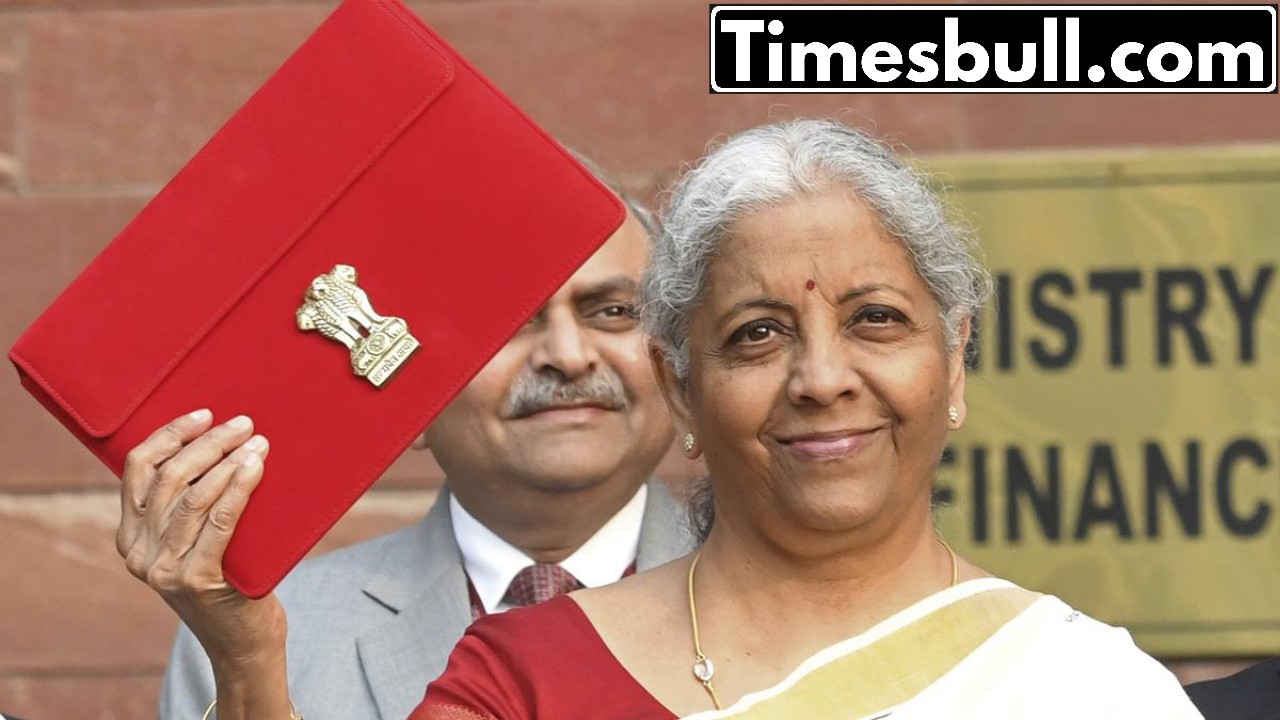In the budget unveiled by Union Finance Minister Nirmala Sitharaman on Saturday, individuals earning up to Rs 12.75 lakh annually will enjoy complete tax exemption. This shift in the income tax framework is a significant relief for the middle class and shows the government’s commitment to boosting economic growth through fiscal incentives. Let’s explore how this change will impact the income tax landscape.
Who benefits from the new tax slab changes?
The updated tax regime is applicable to everyone, including members of Hindu Undivided Families, associations of persons (excluding co-operative societies), and any incorporated or unincorporated bodies, as well as individuals specified in a certain section of the Income Tax Act. So, this change in tax slabs will benefit all these groups.
How does a person earning Rs 12 lakh gain from the new tax rates?
Previously, someone with an income of Rs 12 lakh would have to pay Rs 80,000 in taxes under the new system. Now, they won’t owe any tax on that income.
Is there a standard deduction for salary in the new system?
Absolutely! Taxpayers in the new regime can claim a standard deduction of Rs 75,000. This means that if a salaried individual’s income before the standard deduction is Rs 12.75 lakh or less, they won’t have to pay any tax.
What about the standard deduction in the old regime?
In the old tax regime, the standard deduction is set at Rs 50,000.
What will be the tax amount for a taxpayer earning Rs 12,10,000? Also, what does marginal relief mean?
For this taxpayer, the tax liability amounts to Rs 61,500 based on the tax slabs. However, someone earning exactly Rs 12 lakh pays no tax at all. To address this, marginal relief is provided, ensuring that individuals earning just over Rs 12 lakh only pay a small tax on the amount exceeding Rs 12 lakh, allowing them to still take home Rs 12 lakh. In this scenario, the tax payable would be Rs 10,000.
